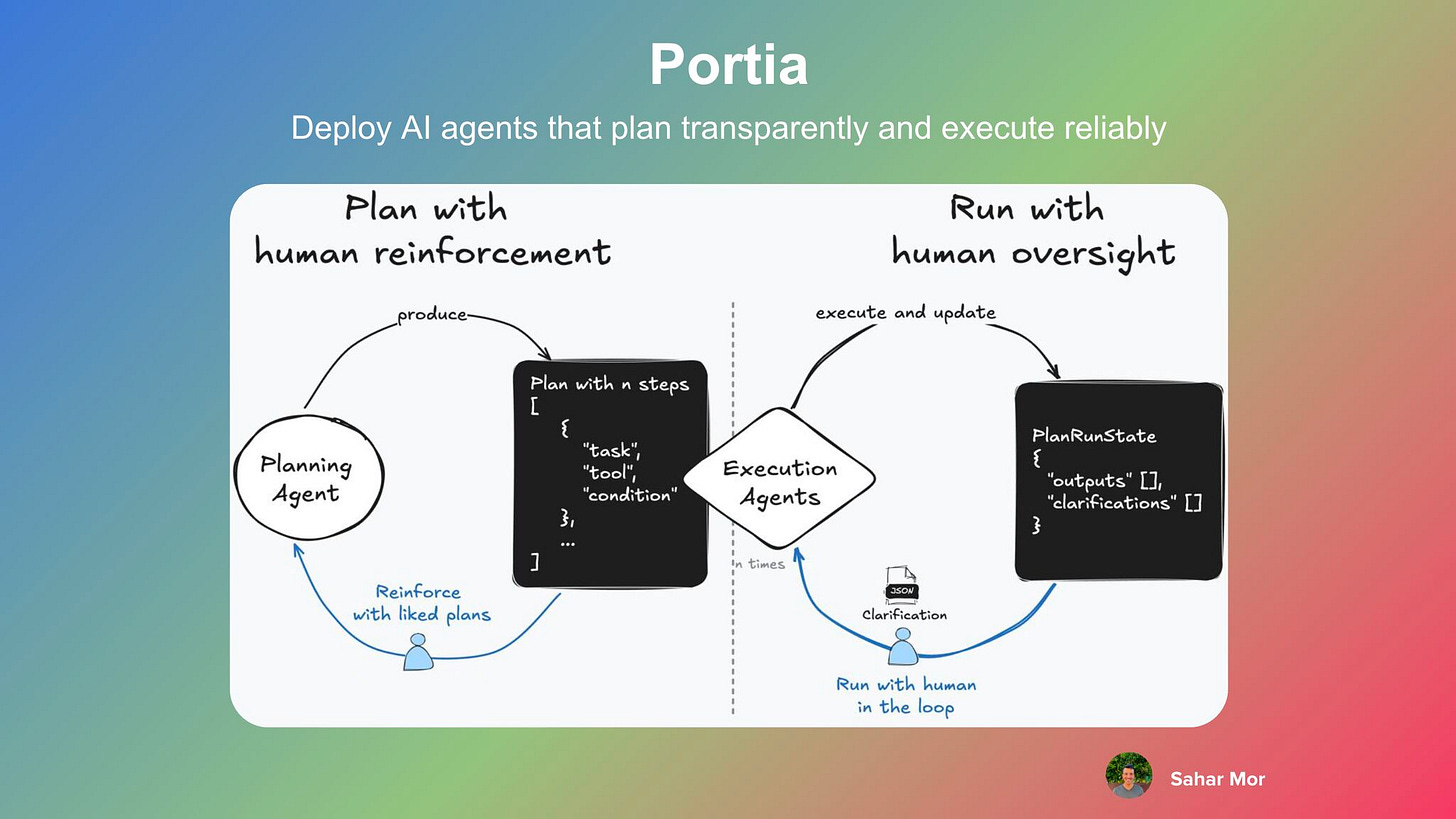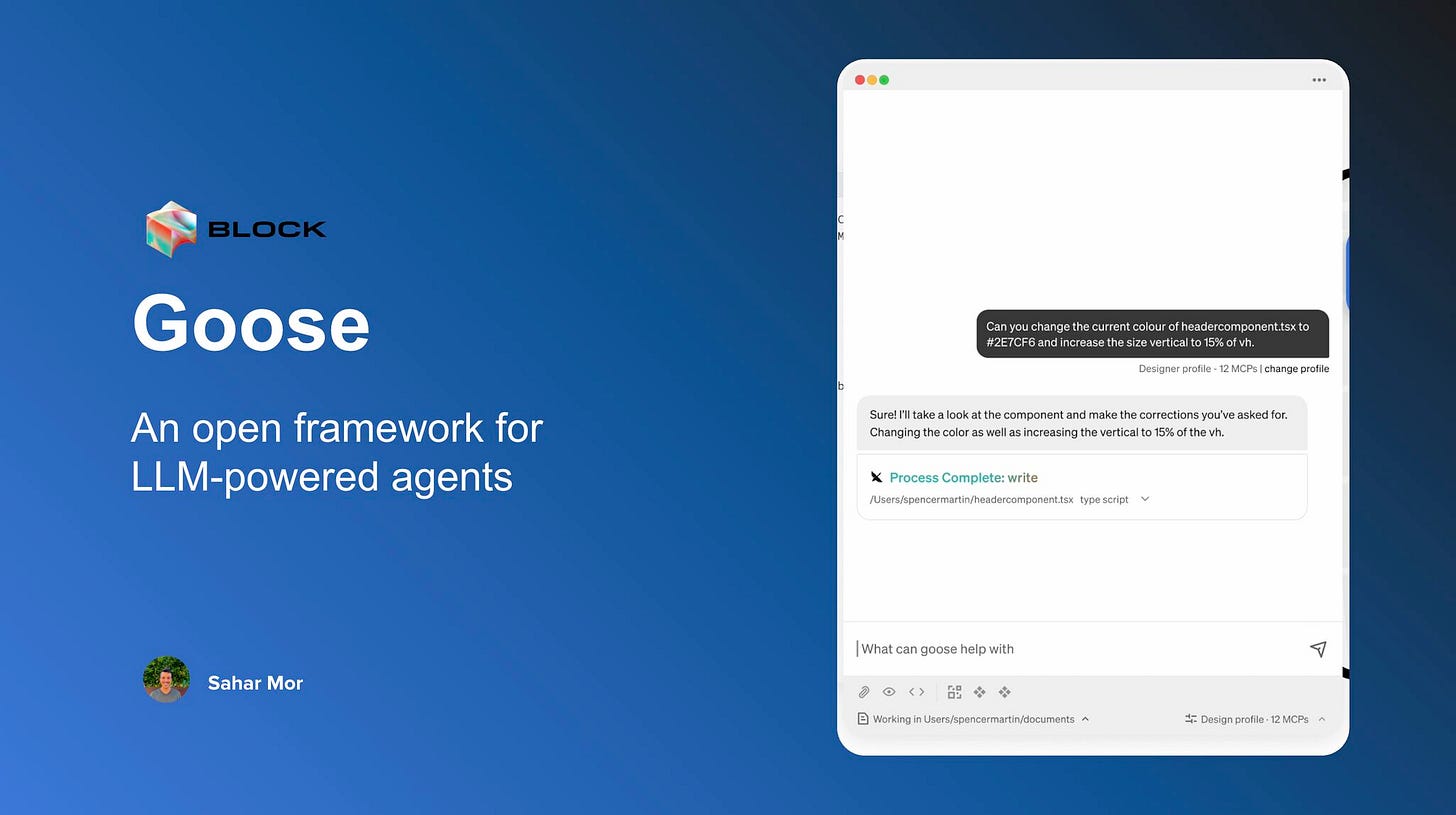LinkedIn Highlights, Apr 2025
Control your computer with an open-source library, a structured multi-agent framework, a better agent for coding tasks, Karpathy's LLM tips, and financial hallucination research
Welcome to LinkedIn Highlights!
Each month, I'll share my five top-performing LinkedIn posts, bringing you the best of AI straight from the frontlines of academia and industry. This edition includes seven posts instead of five—there were just too many good ones to leave out!
As a frequent LinkedIn contributor, I regularly share insights on groundbreaking papers, promising open-source packages, and significant AI product launches. These posts offer more depth and detail than our weekly snippets, providing a comprehensive look at the latest AI developments.
Whether you're not on LinkedIn or simply missed a post, this monthly roundup ensures you stay informed about the most impactful AI news and innovations.
Computer-Use Agent
Running OpenAI’s computer-use model just got a whole lot easier. A new open-source package called Computer-Use Agent (Cua) lets you run OpenAI’s computer-use-preview model inside a full-featured macOS virtual machine.
Until now, using OpenAI’s computer-use model meant working with limited APIs or browser-based sandboxes (like ChatGPT Operator). With Cua, you can:
Interact with native apps like Finder, Terminal, and Final Cut Pro
Automate real desktop workflows, not just web tasks
Run everything locally for better privacy and control
Avoid the pain of wiring screenshots, actions, and VM interfaces manually
Under the hood, Cua uses Apple’s Virtualization framework to launch macOS VMs on Apple Silicon and runs an event loop that handles clicks, typing, scrolling, and more — all based on OpenAI’s structured responses.
With Cua, you can build an AI agent that files your expenses across desktop and browser apps — moving between Excel, Chrome, and system dialogs, or launch a self-healing QA bot that installs your macOS app, navigates its UI, and reports bugs automatically.
If you're experimenting with OS-level agents, GUI automation, or reinforcement learning on real UIs, Cua provides the missing infrastructure.
GitHub repo https://github.com/trycua/cua
Portia
Portia just open-sourced a powerful agent framework that solves the three biggest challenges of production AI agents.
The new open-source library addresses the core problems that plague most agentic frameworks with a refreshingly practical approach: separating agent planning from execution, allowing clear human oversight and structured collaboration at every step.
Package highlights:
Multi-agent planning - the SDK uses few-shot prompting to teach your agents what successful plans look like, significantly boosting reliability.
Stateful execution - agents track their own progress and proactively request human input whenever necessary. Think: authentication requests, missing data, or asking for missing context when task execution hits an unexpected scenario.
Streamlined security - just-in-time authentication handovers ensure your agents can securely interact with popular tools like Google Calendar, Zendesk, and Hubspot without compromising credentials
This architecture solves persistent roadblocks like unpredictable behavior, lack of human oversight, and cumbersome authentication processes, making production-ready agent deployment realistic and scalable.
It's open-source, production-ready, and works out-of-the-box with major LLM providers including OpenAI, Anthropic, Mistral, Gemini, and Azure.
GitHub repo https://github.com/portiaAI/portia-sdk-python
My recent post on coding with AI
Goose - LLM-powered Agents
Block recently launched Goose, an open-source framework for developers building AI agents, and I got to tinker with it the last few days.
Goose is a free open framework for LLM-powered agents, from DeepSeek to proprietary models from OpenAI, Google, or Anthropic.
Unlike other agent frameworks, Goose is designed for software development tasks. The framework has already proven valuable for tasks like:
Conducting code migrations - from Ember to React or Ruby to Kotlin
Navigating new projects in unfamiliar languages - eliminating steep learning curves
Generating unit tests - quickly increasing code coverage above specific thresholds
The neat thing about Goose is that it's extremely easy to extend its capabilities by leveraging MCP servers like Figma, Google Drive, and Asana.
Other notable frameworks for coding tasks include OpenHand and Cline.
GitHub repo https://github.com/block/goose
Andrej Karpathy leverging LLMs
Keep reading with a 7-day free trial
Subscribe to AI Tidbits to keep reading this post and get 7 days of free access to the full post archives.




